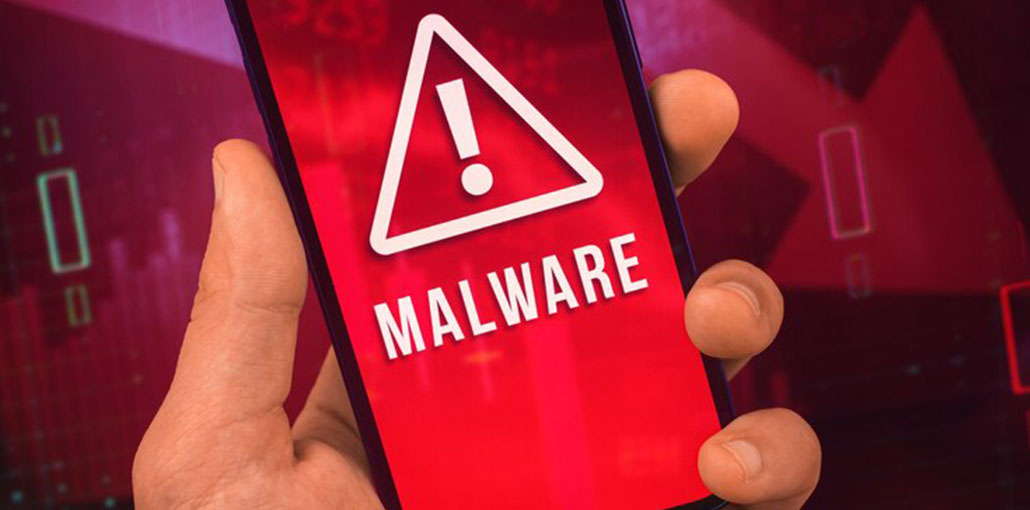The word malware inspires terror into the hearts of every person, company, or online entity. It’s the first thing we guard against, as one encounter with malware can ruin a business or life. With the world becoming increasingly reliant on the internet, more information is stored in the cloud. This poses an inherent risk of this information being stolen. There are ways you can protect yourself while online, and one is to buy HTTP proxy servers. When you buy HTTP proxy servers, you take the first step to protecting your online data, but there’s more you can do to protect yourself or your company.
What is Malware?
Malware is the umbrella term used to describe any software that has malicious intent. Generally, it refers to software designed to harm users after being secretly installed onto their computers or operating servers. Within malware, there are three specific categories of software. This software is worms, viruses, and trojans.
Worms refer to an application that targets data while it’s being transferred. A worm can travel between systems and continue propagating, as it’s a standalone application. Viruses, on the other hand, infect a file and start replicating when something comes into contact with that file, hence the term virus. Lastly, trojans are the most frequently found malware, as it’s also the most convincing application. Like the Greek trojan horse, this application masquerades itself as an actual program. When you use the application, it collects sensitive information and deletes files or any other malicious actions.
Also read: 6 Best Practices for Protecting Your Company’s Business Data
How Does It Spread?
We’ve talked about how the actual application spreads and infects your system. However, how does this malware spread to your device in the first place? With cybercriminals on the rise, there are many new ways they use to trick unsuspecting users into allowing malware onto their devices.
One of the most common ways is through email. We all receive spam emails, and most of us know to ignore or delete these emails. However, at times the email can be compelling, making you believe it’s from your bank, a discount from a store you’re subscribed to, or a company email. Generally, these emails will have links you need to click on to complete some action, introducing the malware to your system.
Another way is through the web. Designing a phony website is no problem for a cybercriminal, and it’s one of the easiest ways to trick someone. Say you stumble onto a website with outstanding products and try to buy one. Your money is taken, but you never receive your product, and a week later, you see unauthorized charges on your card. They can also design pop-ups that state your device is cluttered or a virus has appeared, and once you click on the button to fix this problem, you allow the malware onto your device.
The last way isn’t as prevalent in your daily life, as it requires the cybercriminal to install the malware directly onto your laptop using an infected USB device. This generally happens to big corporations or if you leave your device unattended in public. Cybercriminals can also gather information from a company’s public database, call one of the employees, and pretend to be IT personnel requiring their login credentials. After that, they can access the system and directly install malware.
The Damage It Can Do
Malware is specifically designed to harm an individual or company. This can be done by stealing sensitive information, scrambling their systems, or deleting important files. An entire company can be held hostage by locking the employees out of the system and demanding a ransom. Your sensitive data, like your bank account details and social security number, can also be stolen. It’s best not to underestimate the damage malware can do, as it can ultimately render a device unusable and remove all your data.
Also read: What is Threat Modeling: Practices, Tools and Methodologies
How to Protect Against Malware
However, it’s not all doom and gloom, as there are some ways for you to protect yourself. Whether you want to protect a company system or a personal device, these methods are where you should start.
Trusted Antivirus
Ensure your device has trusted antivirus installed. There are many trusted free antivirus software, although these are limited. For the best results, procure a premium antivirus from reliable brands like Verisign, Norton, and McAfee Secured. These programs regularly scan your device and catch and contain any malware.
Secure Networks
It seems obvious, but be careful about using public networks without protection. A secure network can go a long way to ensuring no unauthorized person or application gains access to your device. Don’t use free Wi-Fi networks without protection, and don’t allow unknown people to use your devices.
HTTP Proxies
One of the best ways to ensure you’re protected is to buy HTTP proxy servers. HTTP proxies are designed to conceal your online information and protect you against malware, ads, and harmful content. As a content filter, it helps you avoid any applications that might cause damage to your device. It also helps hide your IP address from unsavory people, and you can even set your geo-location to be different from your actual location.
Protect Yourself
Malware attacks have become more common, and the danger is not just to big corporations. It’s critical to protect yourself against malware, and buying HTTP proxy servers is one of the best ways to do it. While using a trusted antivirus and secure network is also essential, combining those steps with the HTTP proxy is best to ensure maximum protection.










Leave a comment